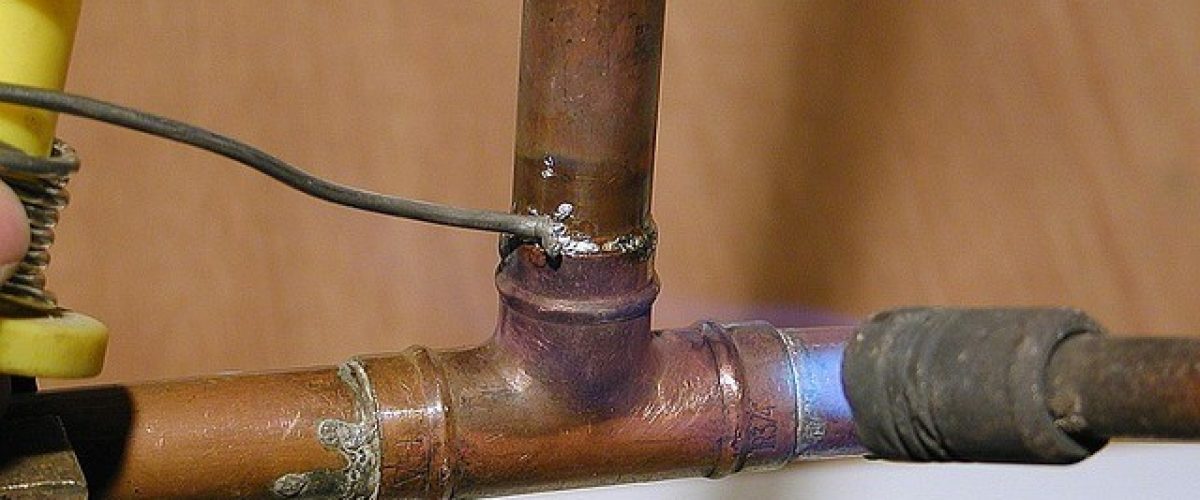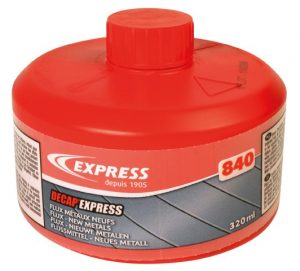Brazing is a technique that allows two metal parts to be joined together by creating continuity. It requires a filler metal that is melted by the action of the brazing iron or blowtorch. It can be used for many materials and ensures a more or less robust assembly, depending on whether it is soft or hard.
What is brazing?
Brazing allows two metal parts to be joined together using a filler metal. It therefore involves three elements, unlike welding, which allows atomic bonds to be created directly between the two parts to be welded, without the use of filler metal.
When brazing, you avoid using a moving part to create the joint, such as a bolt or rivet. It should therefore be reserved for final assemblies. Only the filler metal is melted and undergoes atomic deformation. The two parts to be soldered are not deformed.
Brazing uses the principle of capillary action which allows the filler metal to infiltrate the walls of the parts to be soldered. It is particularly practical for assembling two tubes that fit into each other.
The choice of filler metal
The filler metal is different from the parts to be joined. Its melting point is necessarily lower than that of the other two parts, which may be made of two different metals. This is why brazing requires a lower temperature than welding, which must melt the two parts to be joined.
You must therefore choose your filler metal according to the nature of the parts to be assembled.
Soft solder and hard solder
As noted above, materials that can be soldered must have a higher melting point than the filler metal. You can choose between soft and hard solder.
Soft brazing requires a temperature that can be between 180°C and 400°C. It is used with tin, lead or zinc as a filler metal. It is reserved for assemblies that do not require too much resistance: the solder must not be subjected to mechanical stress due to vibration, expansion or significant pressure.
If you need a higher resistance, you have to use a hard solder. In this case, you will prefer copper, silver or aluminium as a filler metal. You then need to generate heat between 600°C and 900°C to reach the melting point of these metals. On the other hand, you get a solder with a higher mechanical strength.
Copper solder uses tin and lead or tin and silver as filler metals. Note that whether you use copper solder, steel solder or any other type, it is strictly forbidden to use lead for domestic water pipes. In addition, you should not use solder for fuel gas lines.
The use of brazing flux
You will often need to use a brazing flux that dissolves the oxides generated by the solder. Its other advantage is to promote wetting, i.e. to facilitate the spread of the molten filler metal.
The brazing flux contains hydrochloric acid, stearin, zinc chloride or fluorides. You integrate it by inserting it into the centre of the filler metal.
Brazing devices
You can use different devices for brazing. Since the temperature required is lower than for welding, a brazing lamp or a butane or propane gas blowtorch will do the job. These two tools produce a flame. You may prefer brazing to a hot iron for which you will use a brazing iron or a brazing station.

